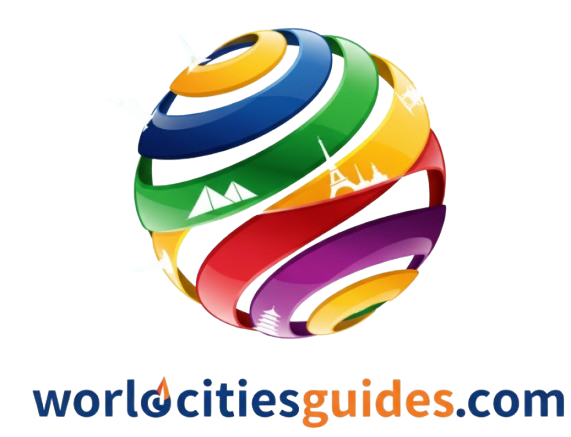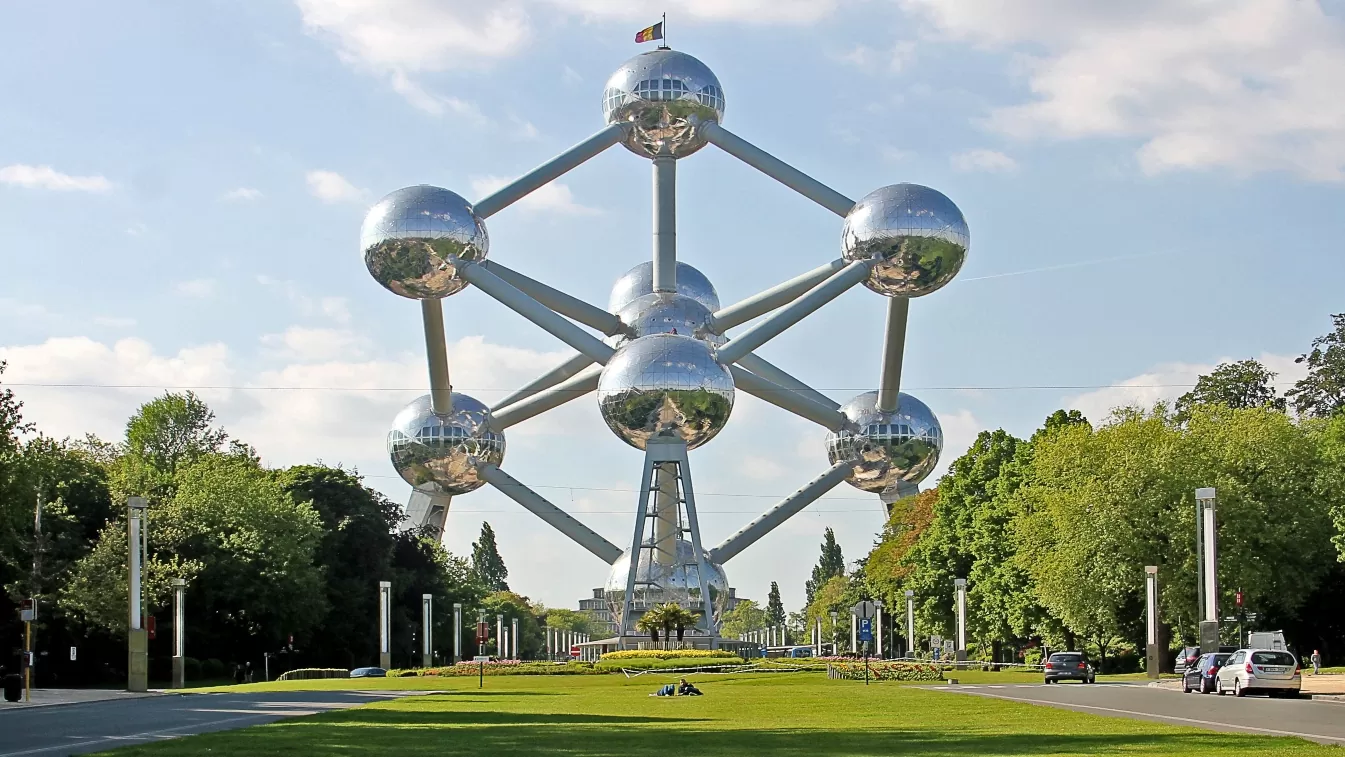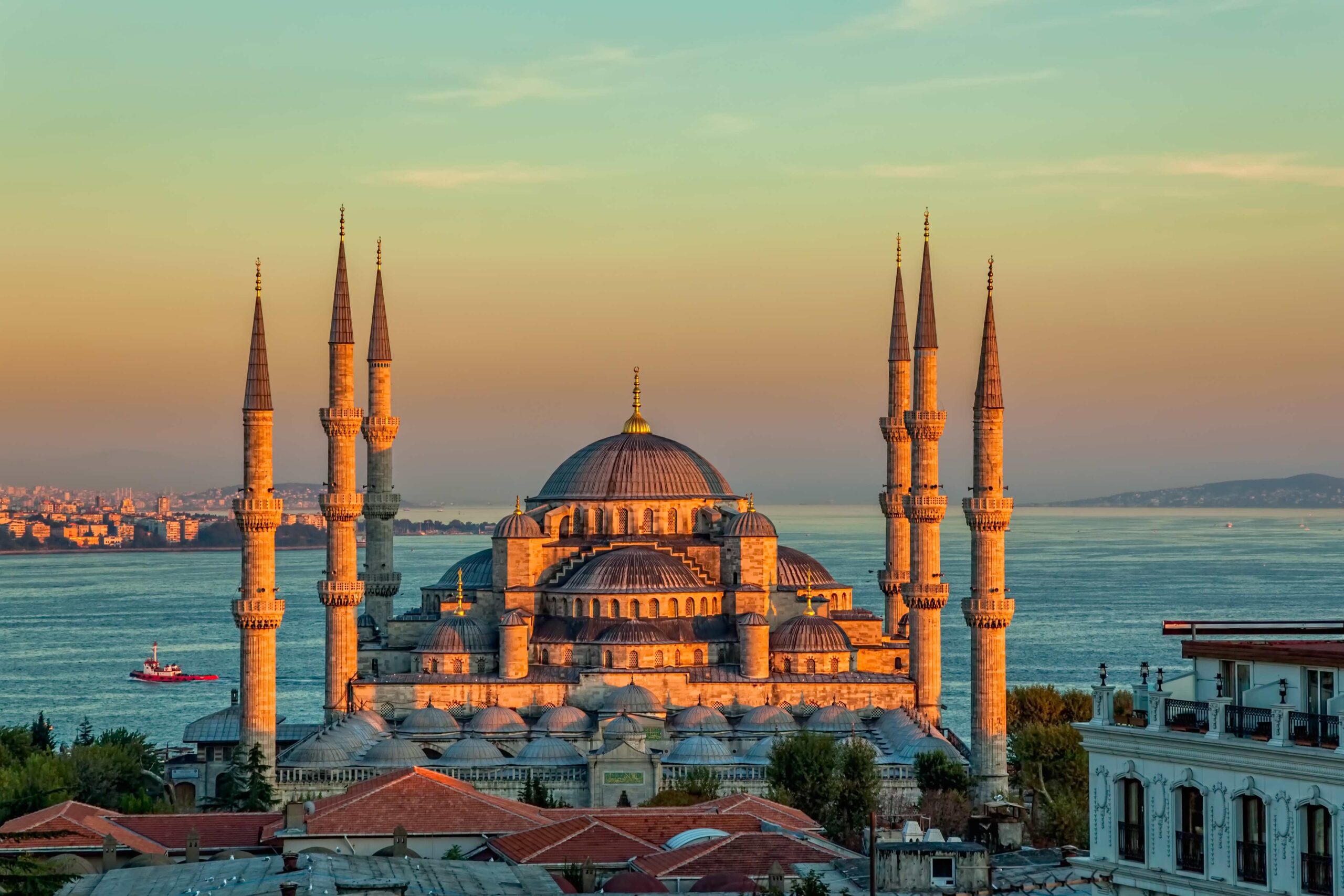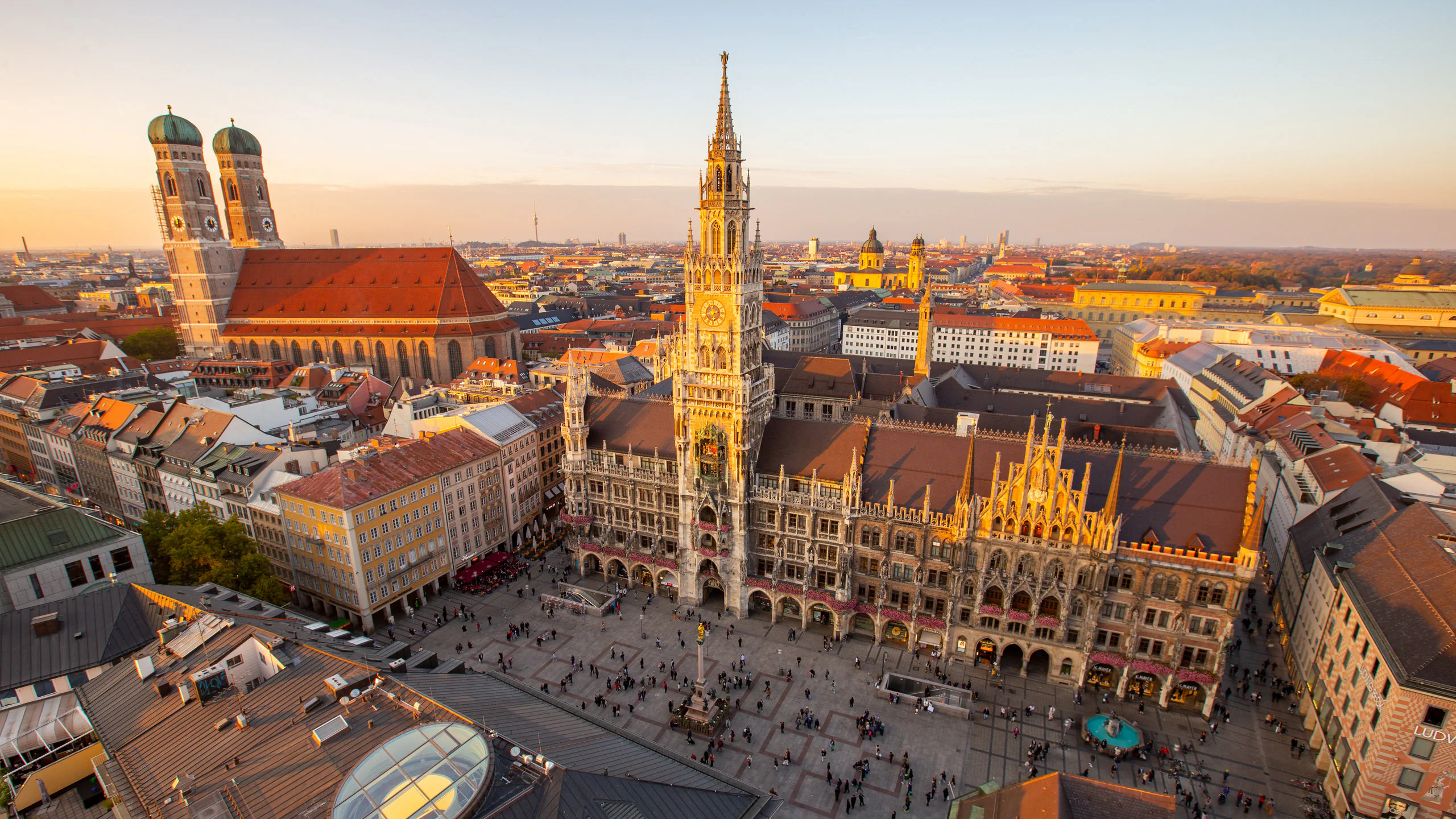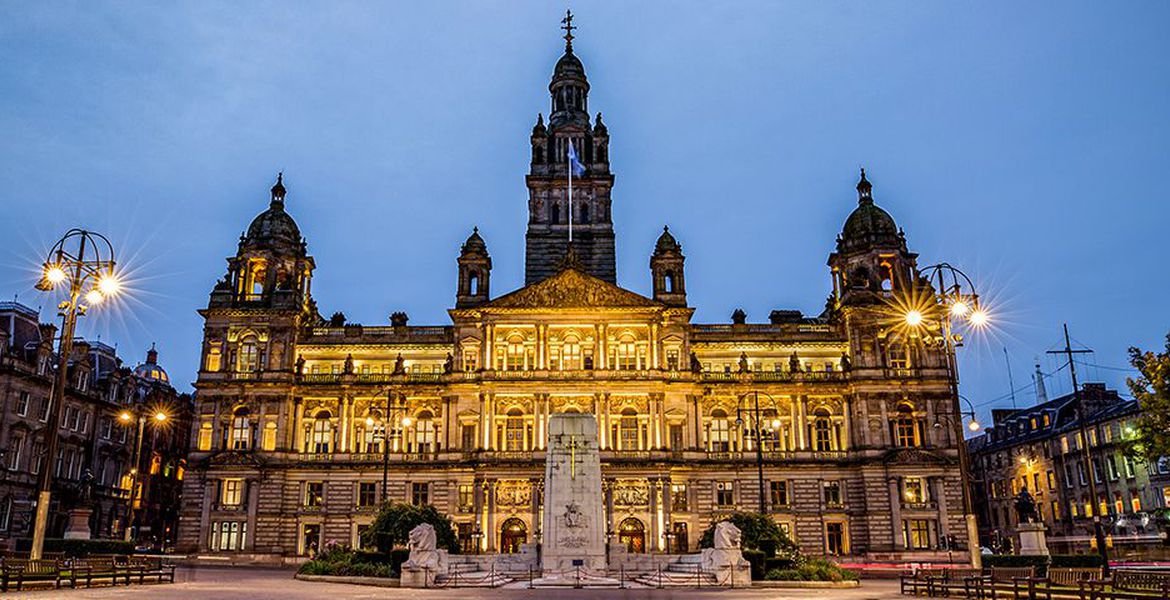At the center of Europe, Brussels is a city that defies expectation: Wearing its history – the grandeur of a medieval square here, an architectural flourish tucked under a fringe of peeling wallpaper there – alongside its penchant for comic strips and cutting-edge design. It is all at once a city of art, diplomacy, chocolate and waffles — and so much more.
HISTORY OF THE CITY
Ancient origins and early medieval development Brussels has ancient origins going back to over 1,000 years. Centuries ago, legend has it that the Senne River had a fort on an island around the 10th century. Over the course of centuries, that settlement was fortified by dukes and counts and developed into an important town in the Duchy of Brabant. Brussels certainly not devoid of fires, floods and political convulsions. In the 16th and 17th centuries, it was dominated by Habsburg struggle for power and later Spanish rule as part of Spain’s heterogenous empire, then the Austrian Habsburgs. Change came with the French Revolution and Napoleonic role on Brussels; it became integral to the Kingdom of the Netherlands formed in 1815 following the defeat of Napoleon, then later was included in a unified Belgium in 1830. 19th-century industrialisation made it a into a city and resulted in town planning that included major public buildings, boulevards and large numbers of people. Brussels endured two World Wars in the 20th century and developed as a hub of European politics following the second, becoming home to the European Union, NATO and many international organizations. Its architecture, its languages, its cultural mix write that history.
POPULATION
Brussels now is a large and cosmopolitan city. The metropolitan area contains well over a million and a half people; the larger urban district even more. What makes the population particularly remarkable is its multilingual, multicultural nature: people from Flanders and Wallonia — as well as elsewhere in Europe — make their home here; so do large communities from Africa, the Middle East, Asia and beyond. Demographics are young and international; you’ll encounter students, diplomats and artists, as well as business people. All of these backgrounds are worthy, and all this variety means a richness of cultural traditions, foods, festivals and languages.
LANGUAGE
The languages that we speak are of course also one of the distinctive things about Brussels. Both French and Dutch have deep roots in Brussels, which is officially bilingual under Belgium’s Constitution of 1993; it favors French in day-to-day life in the city center. In the streets you’ll hear Dutch, French and a rainbow of immigrant languages — Arabic, Turkish, African tongues, Portuguese and so on.English is widely spoken especially in business, tourism, international institutions and among the younger folks. Dutch and French are generally used in public service announcements, much written government documentation, on road signs, vehicles and newspaper letters, with some transport (such as trains) and television programs in Dutch only. You may hear German as well, in some spots, since Belgium is multilingual. In all, Brussels is where the languages live together.
CURRENCY
The currency of Belgium, and consequently Brussels, is the euro (€). It means of introduction According to the way it was released, a currency may be classified as: Legal tender, that is some money with which you cannot refuse payment if offered in debt creation or for the purchase of goods and services. Introduced as an electronic currency in 1999 and subsequently as coins and banknotes in 2002, the euro replaced the Belgian franc. Prices are quoted in euros and cents, though credit cards are widely accepted but some small businesses will only take cash for low-value purchases. ATMs are sprinkled all over the city
ELECTRICAL CURRENT
When you will travel to Brussels, you will need to take into consideration that the two-round-pin European plugs (Type C and Type E/F) are used in this Belgian capital city, at a frequency of 50 hertz with an output voltage of 230 volts AC. And if your device operates on a different voltage, or has an incompatible plug, you’ll need to bring along a converter or adapter. Hotels usually have adapters, but it’s a good idea to pack your own. A lot of gadgets (laptops, cellphones) are already dual voltage these days; hair dryers or irons might not be.
CLIMATE
Climate Brussels is located in one of the best regions to enjoy a sea climate. That translates to mild winters and not-too-hot summers, with “not too hot” solidly staving off sizzling. It rains often — the occasional shower, drizzle, overcast — throughout most of year. Winters (December TO February) can be cold, frequently hovering just above freezing while rarely dipping more than a few degrees below. Snow snows though the amounts are usually light and fleeting. Spring is the season of warming and blossoming; it can also be damp. Summer, from June to August, is the warmest time of the year with often temperatures in the low- to mid‑20s C (70s F) being comfortable while sometimes rather humid. Autumn can be stunning — leaf‑coloured trees, crisp mornings — but also wetter. Given the frequent cloud cover and frownsome precipitation, it’s best to bring an umbrella or rain‑jacket just about year‑round.
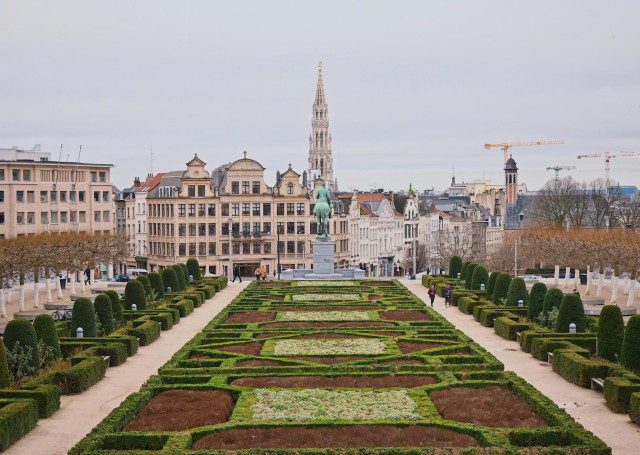
TYPICAL FOOD
Brussels is a food lover’s delight. Belgian cuisine draws on hearty, regional traditions, and Brussels adds its cosmopolitan spin. Some of the foods to look forward to are:
Waffles: Fluffy, crunchy on the outside, tender within. (The Brussels waffle is a rectangular, more delicate version; elsewhere the Liège waffle is sweeter and denser). Whipped cream, strawberries — or both — and powdered sugar are typical additions.
Chocolate: Belgium is known for its good chocolate. There are boutique chocolatiers, truffles, pralines, bars in Brussels — rich and creamy and sometimes with surprising tastes like speculoos or infused with local beers.
Frites: Usually thick‑cut and twice‑fried, served in paper cones with numerous sauces (mayo is traditional). Some shops specialize in frites more than others do.
Mussels and fries (moules-frites): The dish, one of the classics—fresh and tasty mussels steamed with white wine, garlic, onions and a touch of parsley—served with golden fries.
Stoofvlees (Carbonnade flamande): A Flemish beef stew prepared with beer and onions, it possesses a rich and satisfying flavor.
Belgian beers: A little outside of “food,” but the diversity of beers is tied to the gastronomy. In bars and restaurants, you’ll also find no lack of local lambics to Trappist ales (many other regional labels).
There are speculoos and chocolates and biscuits, of course; local cheeses and charcuterie feature regularly, too.
And because Brussels is so international, there are superb examples of food from around the world — North African, Middle Eastern, Asian and South American — right alongside traditional Belgian dishes.
TRANSPORT
You can move easily in Brussels but like all big cities there will be traffic jams and delays occasionally.
Public transportation: The city is served by a wide-ranging tram, bus and Metro network. The metro includes a number of lines that criss‑cross a large part of the city and its suburbs. Trams glide through many neighborhoods. Buses fill in the gaps. Tickets are inexpensive; there are day tickets, multi‑day cards etc.
Train: Brussels has excellent train connections—domestic routes to other Belgian cities such as Ghent,Antwerp, Bruges; international services to Paris, Amsterdam, London,Cologne and Luxembourg. 2 | Too few major stations Brussels, with just a few main stations, including the international links at BrusselsMidi and BrusselsNord.
Bicycles, scooters, walking: Walking is pleasant and in some central areas of the city it’s even faster than driving. There are shared bikes and electric scooters lying around everywhere. Biking culture is flourishing, but the roads and weather can make it a hassle at times.
Cars and parking: It can be tricky to drive into the center. Traffic is blocked often and parking can be costly. Several areas are closed (low emission zones, which cars must meet environmentally). Taxis and rideshares are available.
Airport: Brussels Airport is a large international airport and destination for a lot of flights around the world. It’s connected to the city by train and shuttle services.
SAFETY
In general, Brussels is safe — as are most relatively large European capitals — but there are a few things to keep in mind. Violent crime is uncommon, but pick-pocketing and petty theft occurs frequently, particularly in tourist locations and on public transport around major stations. Just use common sense, be aware of your belongings and watch out for the usual scams, particular so at night in less central parts. Some areas of the city are rougher or more poorly lit at night, and it’s a good idea to stay on well‑traveled streets, refrain from flaunting valuables and take registered taxis or ride‑sharing services when possible. Local police are mostly reliable, and emergency services (police, ambulance and fire) are well organised. Like in every city, some common sense and vigilance help.
MAIN TOURIST ATTRACTIONS
There are plenty of sights in Brussels — some grand, some picturesque, some quirky. Here are the key ones:
Grand Place (Grote Markt): The main square, an UNESCO World Heritage-listed gem even if the city-hall and guild-houses are not technically UNESCO-listed. Grand, ornate facades; golden flourishes; baroque architecture. Beautiful by day, magical at night with lights, and during flower carpets or festivals.
Atomium: For Expo 58, a futuristic structure that is said to look like a crystal much magnified (many billions of times). Has exhibitions and panoramic views over Brussels. It is emblematic of post‑war optimism and modern design.
Manneken Pis: Sure, it might sound bizarre, but a small statue of a little boy urinating is all kinds of charming and ancient local folklore. Dress in disguise at extra special times; gather crowds every time.
Royal Palace (Palais Royal): The king doesn’t reside here, but sections are used officially; the building is beautiful with gorgeous rooms, art and gardens to enjoy. In summer, it is open to visitors.
Cathedral of St Michael and St Gudula: Stunning gothic church, high vaulted ceiling, stained glass & historical significance.
Mont des Arts & Royal Museums: The gardens between the steeply streets leading from one half of old town to Modern Brussels, with vistas across city rooftops and museums including Fine Art, Modern Art, Music Instruments etc.
Parc de Bruxelles / Warandepark: This large green area outside the Royal Palace is great for strolling, picnicking, people‑watching.
European Quarter: Where the European Commission, the European Parliament and EU institutions are located. Fascinating for readers interested in politics, architecture, and contemporary bureaucracy.
Comic Strip Route & Museums: Belgium is known for its comic-strip culture — Tintin, the Smurfs etc. Mural trails, official museums and stores that honor this legacy.
Delirium Café & the food scene : Many neighborhoods are known for fine dining, craft beer bars, chocolatiers and cafés. Especially around Sainte‑Catherine, the Sablon and Saint‑Géry.
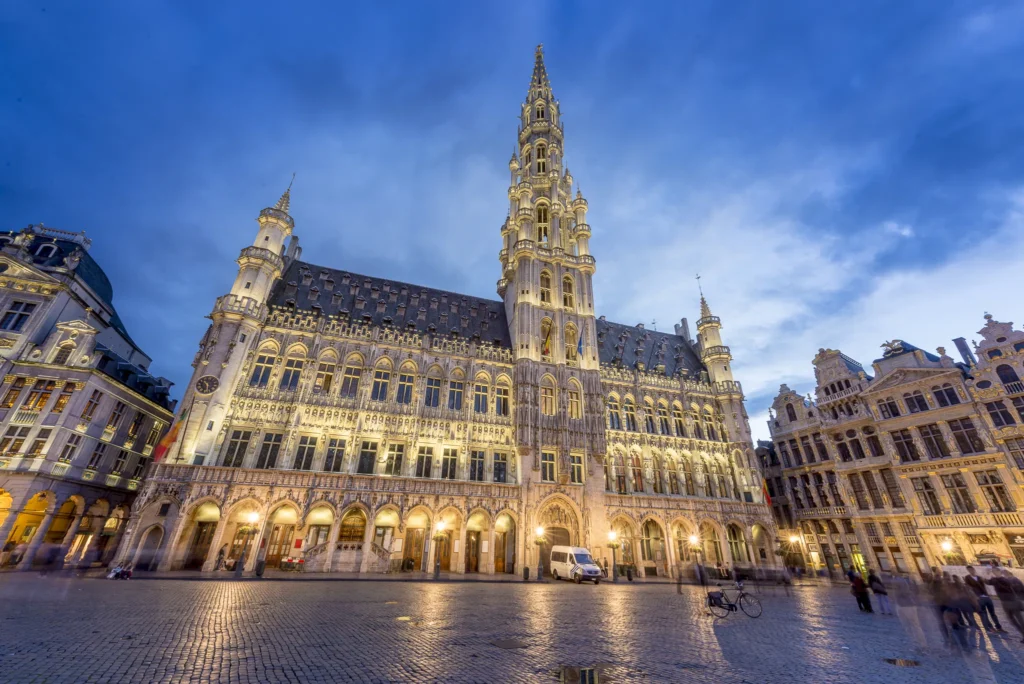
OTHER IMPORTANT ASPECTS
Cultural diversity and arts: Brussels is an artistic center — museums, galleries, music festivals, street art, theater. There are also classics and avant‑garde here.
Government & International Role: Brussels is the defacto capital of the EU, home to numerous supra‑national organizations through this not formalized position Other activity – it’s entirely possible that when I’m abroad in 2017, any of these institutions seizes on a fairly major time or actribe event as an avenue for action. It is the world’s capital of diplomacy, politics and international law. NATO is also headquartered here. For a lot of people, Brussels is one of Europe’s key decision‑makers.
Economy: Service sector created the majority of the jobs – administration, diplomacy, finance, commerce. Tourism plays a major role. Then there are the sectors in food, publishing, design. The EU’s institutions mean plenty of work in international relations, translation, consulting.
Urban structure and livability: With a mediaeval section of narrow streets, the wide boulevards of Haussmann and its construction of buildings (either old or modern) throughout the capital Brussels can be considered anachronistic; but area remain high over all. Urban areas are separated by linear green spaces. Some neighborhoods are delightful to live in; public service is quite good.
Festivals & Events: There are flower displays, music festivals (jazz, electronic and classical), Weeks of culture, Christmas markets. Comic con occasions, also food festivals, local fairs.
Challenges: As with many major cities, Brussels has its problems: traffic gridlock, pollution (the air quality can suffer), keeping housing affordable, integrating immigrant populations, preserving historic areas in good repair. And of course there is always the tension in trying to preserve heritage and achieve growth.
Brussels is a city of juxtapositions: ancient and modern, local and international, deadly serious business and playful whimsy. Its history is one of medieval ducal power, religious ferment, imperial rule, revolution, war and rebirth; its population young, international and multilingual; languages that are a blend of Dutch and French with lots more besides; it runs by the euro but even electricity has to conform to European standards; the climate is mild but damp and changeable; the food rich, comforting and inventive; transport is broad though sometimes imperfect; safety reasonable but in keeping with typical urban caution required elsewhere too attractions range from iconic to whimsical — all emiting out into culture, politics, economics and art.
To visitors and to those who may linger in their surroundings, Brussels provides the recognizable and the unfamiliar, the touristy magnet and a cryptic back street. It is a reward for curiosity: tasting a new chocolate shop around the corner, finding a mural that celebrates comic books you’ve never read, seeing the city come alive at dawn from a rooftop, crossing borders in language and feeling Europe’s pulse on its streets.
